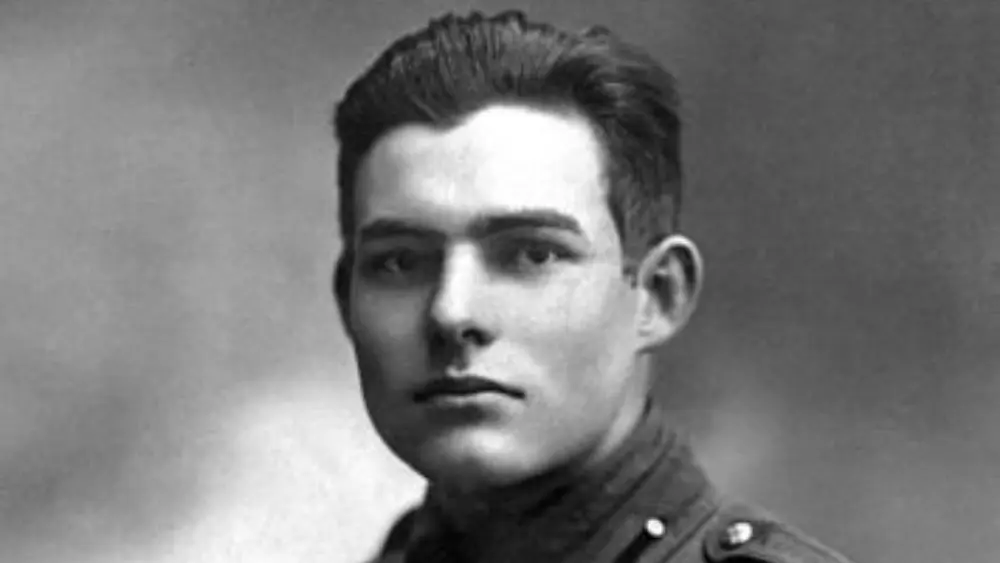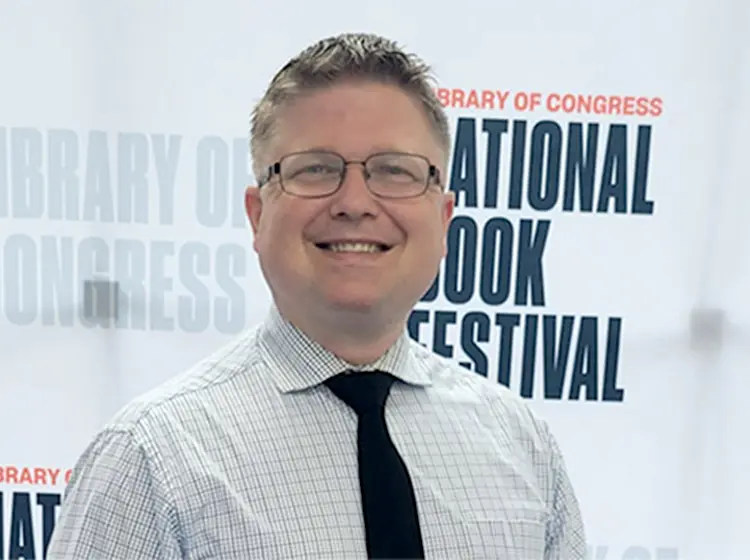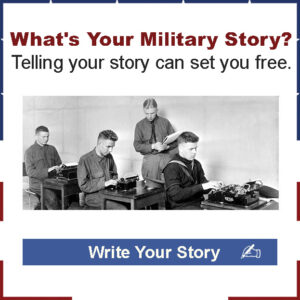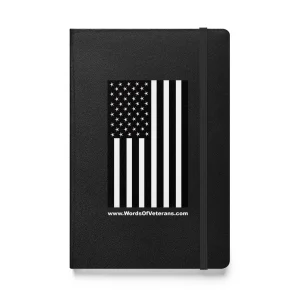Ernest Hemingway, born on July 21, 1899, in Oak Park, Illinois, was an iconic American novelist, short story writer, and journalist. Renowned for his distinctive writing style and adventurous spirit, Hemingway’s impact extended beyond the realm of literature to include notable contributions as a war correspondent during the uproar years of the Spanish Civil War.
Early Life and Literary Ascent
Ernest Hemingway’s literary ascent is a tale of resilience and artistry forged in the crucible of war. Born in 1899 in Oak Park, Illinois, his early life set the stage for a storied career. After serving as an ambulance driver during World War I, he found solace and inspiration in the cafes of Paris, becoming part of the expatriate community of writers known as the “Lost Generation.” Hemingway’s writing style, characterized by crisp prose and a focus on the unadorned truth, emerged as a distinctive force in literature.
Hemingway’s novels are timeless explorations of the human condition, often set against the backdrop of war and love. “The Old Man and the Sea,” a tale of an aging Cuban fisherman’s battle with a marlin, stands as a testament to his mastery, earning him the Pulitzer Prize for Fiction and solidifying his literary legacy. His works, such as “A Farewell to Arms” and “For Whom the Bell Tolls,” not only garnered critical acclaim but also captured the collective consciousness of a generation. In 1954, Hemingway was awarded the Nobel Prize in Literature for his mastery of the art of narrative and the influence he wielded over contemporary style.
Ernest Hemingway: The Hemingway Style
The Hemingway style, often referred to as the “Iceberg Theory” or “Theory of Omission,” is a distinctive and influential literary approach. Hemingway believed in conveying the surface narrative while leaving the underlying emotions and meanings beneath the surface, much like the tip of an iceberg visible above the water while the larger mass remains hidden. This minimalist technique is evident in his succinct sentences, avoidance of elaborate descriptions, and a preference for straightforward language.
Hemingway’s focus on essential details and the deliberate omission of extraneous information invite readers to actively engage with the text, filling in the gaps with their interpretations. His writing style, shaped by his experiences as a journalist and influenced by his time in war zones, captures the essence of moments with a stark beauty. The Hemingway style is not just a literary technique; it’s a philosophy that reflects a profound understanding of the human experience and an enduring contribution to the evolution of modern prose.
Spanish Civil War: A Shift to Journalism
Hemingway’s decision to cover the Spanish Civil War marked a pivotal shift in his career, showcasing his deep engagement with the political and social turmoil of the time. His experiences as a war correspondent provided a firsthand look at the complexities and tragedies of the conflict, and his reporting demonstrated a commitment to capturing the human stories amid the chaos. Hemingway’s dispatches from the frontlines not only reflected his mastery of concise and impactful prose but also revealed his evolving political convictions as he became increasingly sympathetic to the anti-fascist cause.
The Spanish Civil War not only influenced Hemingway’s journalistic approach but also served as inspiration for his later literary works. His experiences informed the backdrop of his celebrated novel “For Whom the Bell Tolls,” which explored the themes of war, sacrifice, and the interconnectedness of humanity. Hemingway’s time covering the Spanish Civil War illustrates the interconnectedness of his journalistic and literary pursuits, demonstrating how his experiences in the real world enriched and shaped the narratives he would later craft in fiction.
Ernest Hemingway: Reporting from the Frontlines
Hemingway’s decision to cover the Spanish Civil War marked a pivotal shift in his career, showcasing his deep engagement with the political and social turmoil of the time. His experiences as a war correspondent provided a firsthand look at the complexities and tragedies of the conflict, and his reporting demonstrated a commitment to capturing the human stories amid the chaos. Hemingway’s dispatches from the frontlines not only reflected his mastery of concise and impactful prose but also revealed his evolving political convictions as he became increasingly sympathetic to the anti-fascist cause.
The Spanish Civil War not only influenced Hemingway’s journalistic approach but also served as inspiration for his later literary works. His experiences informed the backdrop of his celebrated novel “For Whom the Bell Tolls,” which explored the themes of war, sacrifice, and the interconnectedness of humanity. Hemingway’s time covering the Spanish Civil War illustrates the interconnectedness of his journalistic and literary pursuits, demonstrating how his experiences in the real world enriched and shaped the narratives he would later craft in fiction.
The Spanish Earth: Documentary and Advocacy
“The Spanish Earth” stands as a testament to Ernest Hemingway’s multifaceted engagement with the Spanish Civil War. Collaborating with renowned Dutch filmmaker Joris Ivens, Hemingway took on the role of narrator for the documentary, using his distinctive voice to convey the urgency and significance of the Republican struggle. The film provided a visual and emotional narrative of the war’s impact on the Spanish people, showcasing the destruction wrought by the conflict and the resilience of those caught in its midst.
Beyond its cinematic merits, “The Spanish Earth” was a powerful piece of advocacy strategically crafted to garner international sympathy and support for the Republican cause. Hemingway’s involvement in the project demonstrated his commitment to shaping public opinion and rallying assistance for those affected by the war. The documentary reflected the convergence of art and activism, revealing Hemingway’s belief in the potential of storytelling, whether through the written word or the moving image, to inspire social and political change.
Ernest Hemingway: War Correspondence
Ernest Hemingway’s foray into war correspondence during the Spanish Civil War marked a transformative period in his career. His dispatches exhibited a distinctive literary style, characterized by a stark and unembellished narrative that brought to life the harrowing experiences of those entangled in unruly events. Drawing from his own encounters on the frontlines, Hemingway infused his reports with a raw authenticity that resonated with readers, providing a visceral understanding of the human toll of war.
In his coverage, Hemingway moved beyond the traditional confines of military analysis, immersing himself in the lives of civilians and soldiers alike. By illuminating the struggles, fears, and courage of ordinary individuals amidst the chaos, he painted a nuanced portrait of the Spanish conflict. Through his war correspondence, Hemingway not only chronicled historical events but also demonstrated the power of journalism to convey the human dimensions of war, fostering empathy and understanding among his readers.
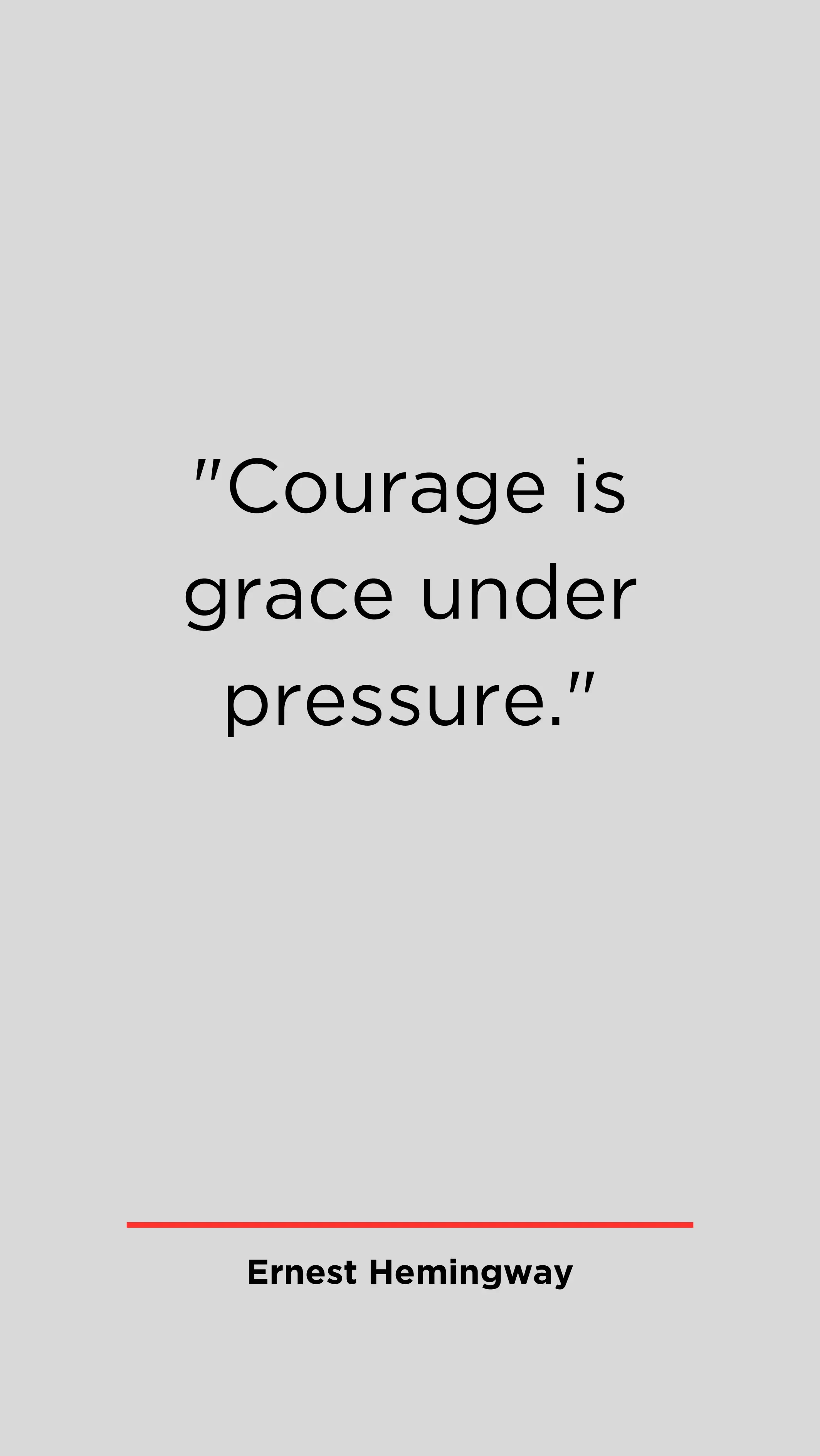
Impact on Literature and Journalism
Ernest Hemingway’s experiences as a war correspondent during the Spanish Civil War profoundly influenced his literary work. The intensity and brutality of the conflict served as a crucible for his artistic development, shaping the themes and narratives that would later define his novels. “For Whom the Bell Tolls,” published in 1940, stands as a testament to the lasting impact of his time in Spain. The novel, set against the backdrop of the Spanish Civil War, draws heavily from Hemingway’s firsthand observations and encounters, showcasing the visceral realism and poignant characterizations that became hallmarks of his writing.
Beyond the realm of fiction, Hemingway’s contributions to journalism during the Spanish Civil War had a broader influence on the field. His innovative approach to reporting, characterized by a focus on personal narratives and a pared-down, direct style, helped redefine the landscape of literary journalism. This impact extended to subsequent generations of writers, who drew inspiration from his ability to capture the human experience in times of conflict. Hemingway’s dual role as a novelist and war correspondent demonstrated the interconnectedness of literature and journalism, showcasing how one’s experiences in the field could shape both factual reporting and fictional storytelling.

